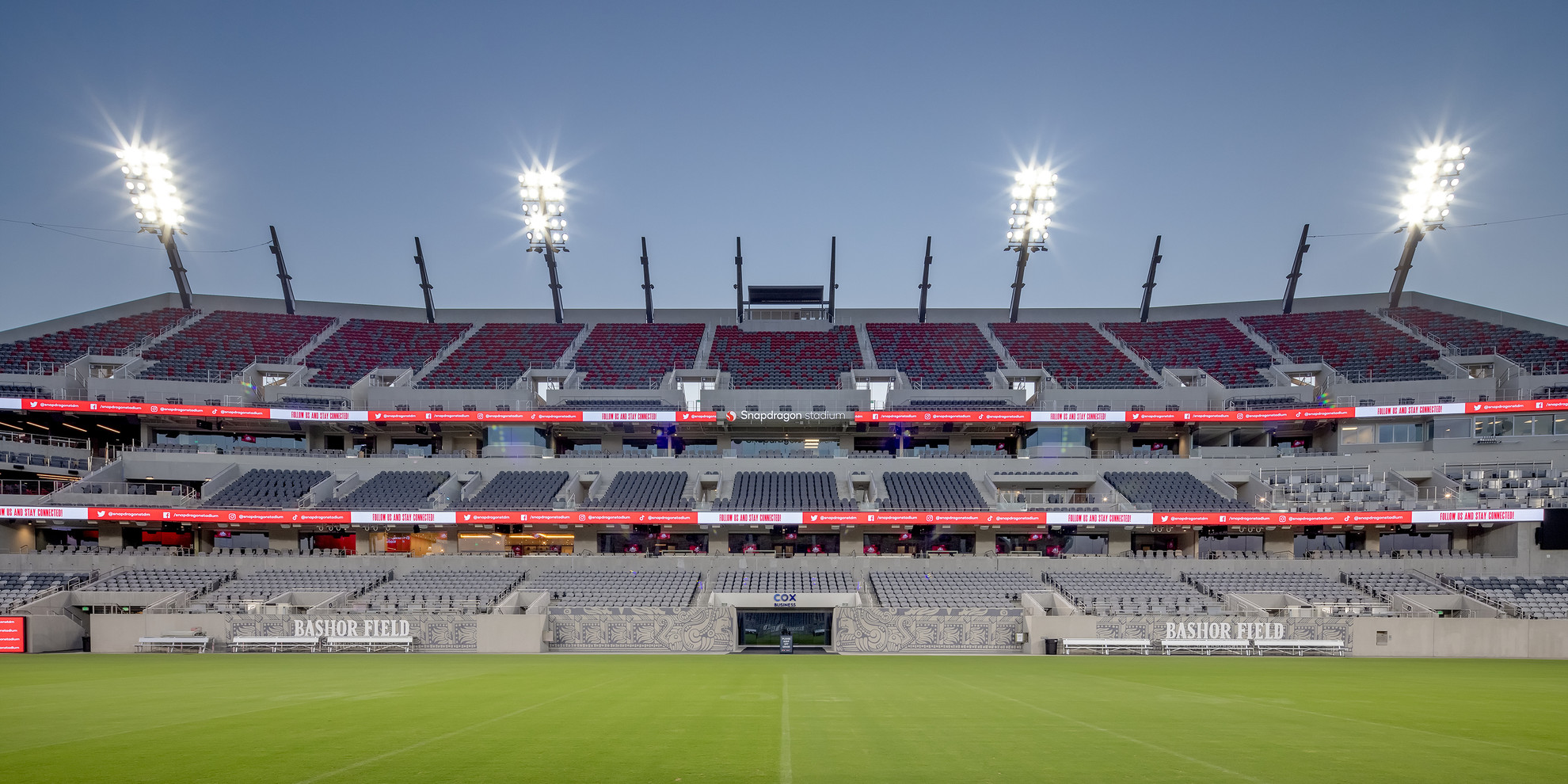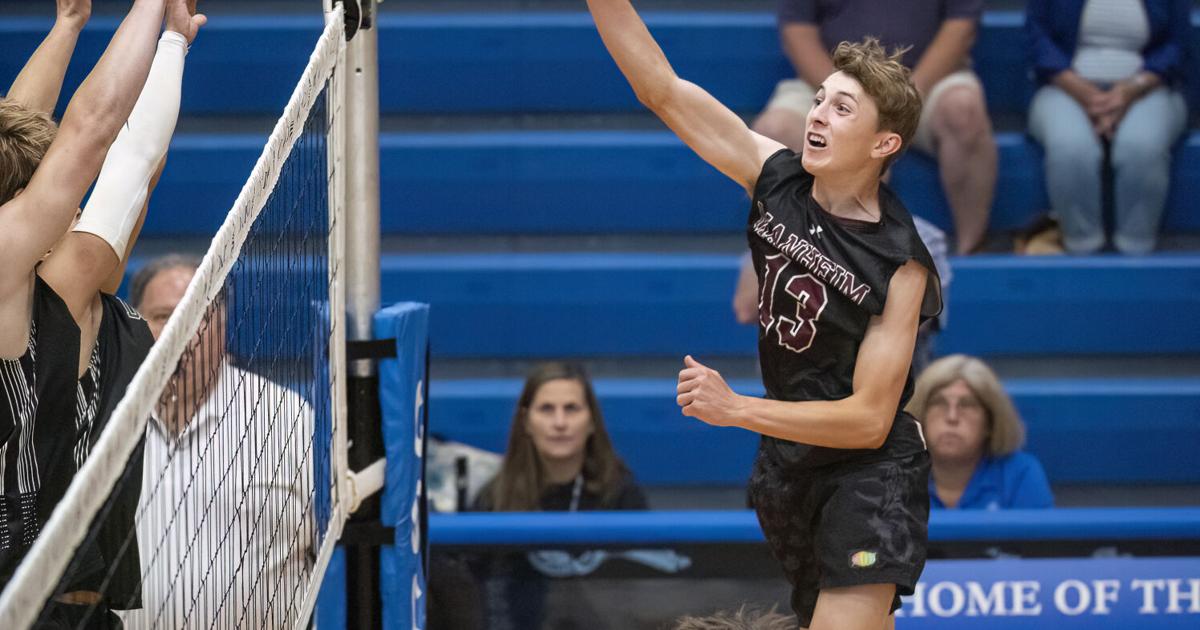
 After nearly five years of litigation, a federal judge on the night of Friday, June 6 granted final approval to a settlement of three athlete-compensation antitrust cases against the NCAA and the Power Five conferences that is now set to fundamentally change college sports.
After nearly five years of litigation, a federal judge on the night of Friday, June 6 granted final approval to a settlement of three athlete-compensation antitrust cases against the NCAA and the Power Five conferences that is now set to fundamentally change college sports.
Unless altered on appeal, the arrangement will allow — though not require — schools to directly pay their athletes for the use of their name, image and likeness (don’t call it pay for play), subject to an annual cap based on a percentage of a defined set of Power Five athletics department revenues. These payments could begin July 1.
Current and former athletes, over a 10-year period, will receive shares of $2.8 billion in damages (as will the lawyers who represented them).
For schools that opt in to paying their athletes, the NCAA’s current system of sport-by-sport athletic scholarship limits will be scrapped in favor of sport-by-sport roster limits. However, after U.S. District Judge Claudia Wilken initially refused to approve the settlement because implementation of the limits starting with the 2025-26 school year would have resulted in thousands of athletes losing their spots on Division I teams, the deal was revised in a fashion that effectively could delay full implementation of the limits for several years. The elimination of the scholarship limit will result in new athletic scholarships being awarded.
In addition, while athletes will continue to be allowed to make name, image and likeness deals with entities other than their schools, there will be an effort by the power conferences (not the NCAA) to bring greater scrutiny to those arrangements, under the direction of a new entity called the College Sports Commission. Regardless of whether their school opts in to making NIL payments, any Division I athlete who has a deal, or deals, worth $600 or more will have to report those deals to (get ready for the new college-sports jargon) to system called “NIL Go.” That data will then by be evaluated to determine whether the deal has a “valid business purpose” and is within “a reasonable range of compensation,” whatever those terms are deemed to mean.
Again, the Commission will not be operated by the NCAA, but rather by the conferences, and the Commission will be charged with investigating alleged malfeasance, enforcing rules and penalizing rule-breakers.That means there’s a lot left to be sorted out, and that’s without considering myriad other tangential, or unrelated, to the settlement.This marks “the formal beginning of the greatest transformation in college sports history, period,” Gabe Feldman, director of the Tulane Sports Law Program and Tulane University’s associate provost for NCAA compliance, told USA TODAY Sports before the settlement was announced. “But I think the key, even after approval of the settlement, is that the changes in college sports are just starting. The settlement will likely trigger a series of additional changes, legal challenges and efforts to get Congressional intervention. This is not the end of a chapter — or, if it’s the end of a chapter, a new chapter will be beginning soon after. …”I think there are as many unanswered questions — and probably more unanswered questions — than answered questions that will come from the settlement.”![Georgia quarterback Gunner Stockton (14) runs with the ball against Texas during the second half in the 2024 SEC championship game at Mercedes-Benz Stadium.]() Can the House settlement be appealed?Wilken’s final-approval ruling can be taken to the 9th U.S. Circuit Court of Appeals. It is not certain whether it will be appealed, but objecting parties have 30 days to decide. The contentiousness surrounding the roster limits could result in one or more of the objectors who were focused on that issue not only appealing, but also seeking a stay that would delay implementation of the entire settlement.Such objectors would need the stay because, as the settlement was approved by Wilken, if there is an appeal, all of the forward-looking actions, including schools being able to pay athletes and roster limits for the 2025-26 academic season, are set to be allowed to proceed, even pending the appeal. The NCAA and the conferences would begin making damages payments, but the money would be held in escrow — not paid to athletes or lawyers — until appeals are completed. And other appeals could come from objectors who raised issues, including whether the settlement violates Title IX for reasons including the disproportionate allocation of damages among men’s and women’s athletes; the legality of one limit on pay to athletes being replaced by another one; and whether the rights of future college athletes are being unfairly handled.What will be pay cap for schools paying players for NIL?A final determination of what the per-school cap will be for the 2025-26 cycle has not yet been made. The NCAA, in a document summarizing rules changes approved on April 21 by the Division I Board of Directors but contingent on settlement approval, said the cap is estimated to be $20.5 million.
Can the House settlement be appealed?Wilken’s final-approval ruling can be taken to the 9th U.S. Circuit Court of Appeals. It is not certain whether it will be appealed, but objecting parties have 30 days to decide. The contentiousness surrounding the roster limits could result in one or more of the objectors who were focused on that issue not only appealing, but also seeking a stay that would delay implementation of the entire settlement.Such objectors would need the stay because, as the settlement was approved by Wilken, if there is an appeal, all of the forward-looking actions, including schools being able to pay athletes and roster limits for the 2025-26 academic season, are set to be allowed to proceed, even pending the appeal. The NCAA and the conferences would begin making damages payments, but the money would be held in escrow — not paid to athletes or lawyers — until appeals are completed. And other appeals could come from objectors who raised issues, including whether the settlement violates Title IX for reasons including the disproportionate allocation of damages among men’s and women’s athletes; the legality of one limit on pay to athletes being replaced by another one; and whether the rights of future college athletes are being unfairly handled.What will be pay cap for schools paying players for NIL?A final determination of what the per-school cap will be for the 2025-26 cycle has not yet been made. The NCAA, in a document summarizing rules changes approved on April 21 by the Division I Board of Directors but contingent on settlement approval, said the cap is estimated to be $20.5 million.
However, in a written declaration filed with the court on March 3 in support of final approval, plaintiffs’ economics expert Dan Rascher projected that the cap would be $23.1 million.According to the settlement documents, the Power Five schools’ financial data that forms the basis for the cap generally must be provided to the plaintiffs’ lawyers by May 15 of each year. The plaintiffs have the right to “reasonably audit such data.”The cap is set to increase annually by 4%, except in Years 4, 7 and 10, when new baselines would be established based on the defined set of Power Five athletics department revenues. However, under certain circumstances connected to the timing and value of media rights contracts, the plaintiffs’ lawyers have two options during the 10-year settlement period to have new baselines set more quickly.One hook to all of this is that the amount of money that schools can pay to their athletes for use of the NIL will be reduced by the value of new, or incremental, athletic scholarships they award above the number of scholarships currently allowed in a given sport, up to a maximum of $2.5 million. In an example from the settlement documents, a school currently offering 9 baseball scholarships, versus the 11.7 permitted by NCAA rules, that decides to offer 15 baseball scholarships will have added an incremental total of 3.3.So, if the initial cap is $20.5 million and a school awards $2.8 million in new scholarships, it could only make $18 million in NIL payments to athletes. This math has no impact on the NIL deals that athletes make with non-school entities, as long as those deals are approved under the Commission process.![]()
What are the scholarship and roster limits?
There are several aspects to this. According to the principals, one of the justifications for roster limits was the lifting of the scholarship limits. But while some schools have said they will be adding scholarships — Texas and Ohio State, for example — this is not a requirement for schools. Southeastern Conference schools, at least for now, have agreed to not add to the current 85 football scholarships, a conference spokesman said at the conference’s recent spring meetings.
On the flip side, there could be current walk-ons who lose spots. The NCAA and the settlement say that athletes who are on scholarship and lose their roster spots must have their scholarships honored.
Under the settlement, schools would have the option to exempt from the limits any athlete who was on a roster in 2024-25 and who has been or would have been removed for 2025-26 because of the limits for the remainder of their college careers. It also would let schools similarly accommodate any high school senior who was “recruited to be, or was assured they would be” on a Division I school’s roster for the 2025-26 school year. These athletes are to be identified by the schools as “Designated Student-Athletes.”
However, this did not remove the roster limits from the settlement. And this did not require schools to keep all of their current athletes on their rosters — or to exceed the roster limits at any point. It just gave them the option to do so if they carried a “Designated Student-Athlete.”
The impact of roster limits could be felt in many sports, although NCAA officials have said NCAA governing groups are still working through a variety of details, including preseason practice squad sizes and how a team might be able to replace an injured player. In football, for instance, the roster limit will be 105. Walk-ons have been a huge part of the football culture at a number of schools. According to their respective fiscal-year 2024 financial reports to the NCAA, Nebraska had 180 football players, Texas A&M 143.
Meanwhile, as USA TODAY reported in May 2022 in one of a series of stories marking the 50th anniversary-of-Title-IX series, there are schools that have been using large roster counts in some women’s sport to address athletic-opportunity requirements connected to Title IX, the federal gender equity law. Wisconsin had 151 women’s rowers, according to its FY24 NCAA financial report. The women’s rowing roster limit under the settlement is 68.
How will Title IX impact payments to men’s and women’s sports?
Georgia and Texas Tech among other schools, have said they plan to allocate large percentages of the money they pay to athletes to football players and men’s basketball players. Because this money will be coming from the schools, rather than third parties, this seems all but certain at some point to result in a Title IX lawsuit. As objectors have noted in their legal arguments, Title IX states, in part that no person “shall, on the basis of sex, be excluded from participation in, be denied the benefits of, or be subjected to discrimination under any education program or activity receiving Federal financial assistance.”
An array of objectors to the settlement, and their attorneys, vehemently raised Title IX issues about how the damages money is overwhelmingly set to go to football and men’s basketball players. Among their arguments was that such an arrangement would lead schools to have an extremely disproportionate payment structure going forward. The counter to this argument is that, in general, football and men’s basketball players have greater market value than women’s athletes, and that head coaches in football and men’s basketball, generally, are paid much more than coaches of women’s teams.
The counter to this counter, as one set of objectors argued, is that by historically “failing to invest in women’s sports, the NCAA depressed the value of women’s NILs relative to their male counterparts. The parties know this.”
While overruling Title IX-related objections to the settlement, Wilken wrote: “To the extent that schools violate Title IX when providing benefits and compensation to student-athletes … (athletes) will have the right to file lawsuits arising out of those violations.”
The Biden Administration in January issued guidance saying NIL payments from schools were subject to Title IX scrutiny. The Trump Administration has rescinded that guidance.
What new procedures for college sports are being implemented?
While NCAA governance groups have set up changes to the association’s rules to accommodate the settlement, the NCAA’s central-office investigative and enforcement staffs are not going to be involved in the day-to-day oversight and operation of rules and procedures created by the settlement.
That work is being left to the power conferences and the new College Sports Commission, which will handle:
 Rules-making.
Rules-making.
 Managing the NIL Go system, an electronic system that athletes will be required to use to report the details of their NIL deals with entities other than their schools.
Managing the NIL Go system, an electronic system that athletes will be required to use to report the details of their NIL deals with entities other than their schools.
 Figuring out how to determine the legitimacy of those deals, and how to deal with appeals by athletes, who — under the settlement — can seek arbitration if they want to challenge a determination that a deal is not legitimate relative to having a “valid business purpose” and being within “a reasonable range of compensation.”
Figuring out how to determine the legitimacy of those deals, and how to deal with appeals by athletes, who — under the settlement — can seek arbitration if they want to challenge a determination that a deal is not legitimate relative to having a “valid business purpose” and being within “a reasonable range of compensation.”
 Forming a new regulatory and enforcement entity that will be led newly named chief executive officer Bryan Seeley. According to the announcement of his hiring on June 6, Seeley “will build out the organization’s investigative and enforcement teams and oversee all of its ongoing operations and stakeholder relationships. … Seeley and his team will also be responsible for enforcement of the new rules around revenue sharing, student-athlete third-party name image and likeness (NIL) deals, and roster limits. The Commission will investigate potential rules violations, make factual determinations, issue penalties where appropriate, and participate in the neutral arbitration process set forth in the settlement as necessary.”
Forming a new regulatory and enforcement entity that will be led newly named chief executive officer Bryan Seeley. According to the announcement of his hiring on June 6, Seeley “will build out the organization’s investigative and enforcement teams and oversee all of its ongoing operations and stakeholder relationships. … Seeley and his team will also be responsible for enforcement of the new rules around revenue sharing, student-athlete third-party name image and likeness (NIL) deals, and roster limits. The Commission will investigate potential rules violations, make factual determinations, issue penalties where appropriate, and participate in the neutral arbitration process set forth in the settlement as necessary.”
Attendant to all of this will be training school administrators in all of the new procedures and systems. In addition, Seeley faces the more intangible task of attempting to create buy-in and a culture of compliance among schools, administrators and coaches who are always looking for an edge on their competitors, and, in recent years, have become increasingly hostile toward investigations and enforcement from the NCAA, at least.
While there will be a cap on schools’ total pay to athletes, the athletes’ ability to have deals with other entities still leaves plenty of room for inequities, perceived or otherwise.
What will school NIL deals with athletes look like?
They will be anything except “employment” agreements. (The issue of athletes as school employees remains pending before a federal district court in Pennsylvania, where the NCAA and schools are arguing for dismissal, and for consideration from Congress, where Sen. Ted Cruz, R-Texas, continues to pursue a comprehensive college-sports bill.)
In general, they will grant the schools wide-ranging use of athletes’ NIL and place some significant limitations on the athletes. This is based on a court filing by an entity that was seeking to submit a friend-of-the-court (or, a amicus) brief — a commentary on the case by an interested third party.
The filing, in late March, came from lawyers for Athletes.org, Inc., an organization that described itself in the filing as an entity that “exists to educate, organize and represent college athletes as their chosen players association to ensure that their interests are protected as college athletics continues to evolve.”
Supporting exhibits that included documents described as templates of NIL agreements written by the Big Ten and Southeastern conferences and from the universities of Arizona, Kansas and Minnesota.
In response to an open-records request from USA TODAY Sports after the filing, Minnesota provided the current version of its template “Memorandum of Understanding.” Among its provisions, in an “Annex” to the MOU, it says the athlete “grants the Institution the right to use and sublicense Athlete’s NIL to promote the Institution, the Conference, and/or the NCAA and/or such entities’ respective third party partners, sponsors, affiliates and sublicensees in any way …’’
In a provision that has taken on greater significance in the wake of Nico Iamaleava’s transfer from Tennessee to UCLA, the document attributed to Arizona includes as “optional” language the terms for a buyout that could be required of an athlete — or their subsequent school, on their behalf — if they transfers during the term of the agreement. Arizona did not respond to an inquiry in late March about this document.
How are schools paying for these deals?
All kinds of strategies are being pursued. Tennessee said it will be charging its football-ticket customers a “talent fee.” Virginia Tech is set to raise its student athletic fee for the 2025-26 school year by nearly $300. (It also hosted a concert in May by Metallica, whose song, “Enter Sandman,” long has been the Hokies’ pre-football-game entry soundtrack).
Minnesota is seeking a potential naming rights deal for its venerable basketball arena, currently known as Williams Arena. Virginia and other schools are re-visiting donation levels that will be required for season-ticket purchasing rights. Oklahoma’s athletics department has said it is laying off 5% of its full-time employees. Florida athletics director Scott Stricklin recently told longtime journalist Pat Dooley’s “Another Dooley Noted Podcast” that he asked all Gators coaches to cut their budgets by 5%.
Meanwhile, schools from power conferences also will be counting on conference revenue shares increasing even as the conferences and the NCAA pay the settlement damages over time and the SEC also repays the $350 million it borrowed and distributed to members in 2021 to help them through the COVID-19 pandemic.
What about college athletes who opt out of settlement?
There are several hundred athletes who have opted out of the settlement and some, at present, are pursuing separate damages claims, though not all under the same lawsuit.
This may not turn out to be a class action, but there are some recognizable names making cases that they individually are owed money. Among them:
Men’s basketball players: Kris Jenkins, Frank Mason III, Franz Wagner, Moritz Wagner, Hunter Dickinson, Duncan Robinson, Jamal Shead, Jaime Jaquez.
Football players: Jake Browning, Cam Rising, Alex Hornibrook, Dax Milne, Drew Lock, Bryce Love, Cade McNamara, Donovan Peoples-Jones, Jake Fromm, Nakobe Dean, Will Levis, Trace McSorley.
Women’s basketball players: Kathleen Doyle, Kathryn Westbeld, Sophie Cunningham.
Baseball players: Griffin Conine, Jordan Beck, Matt McLain, Shea Langeliers.
0
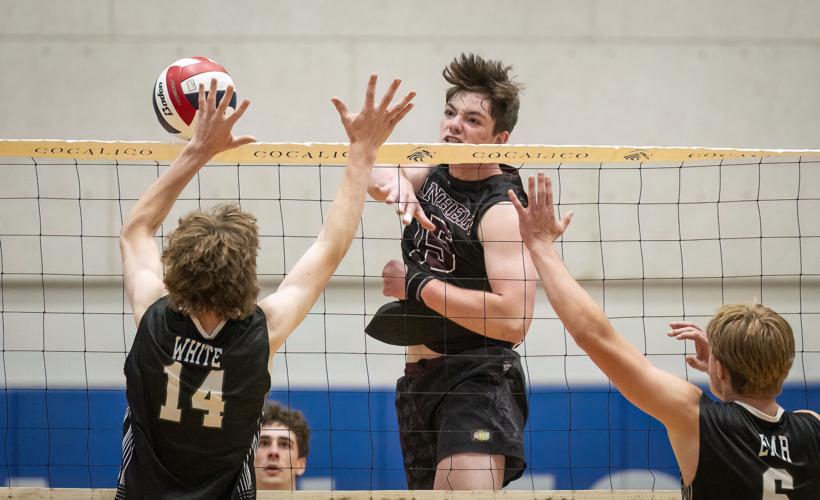
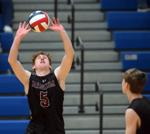

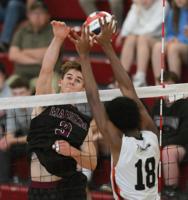

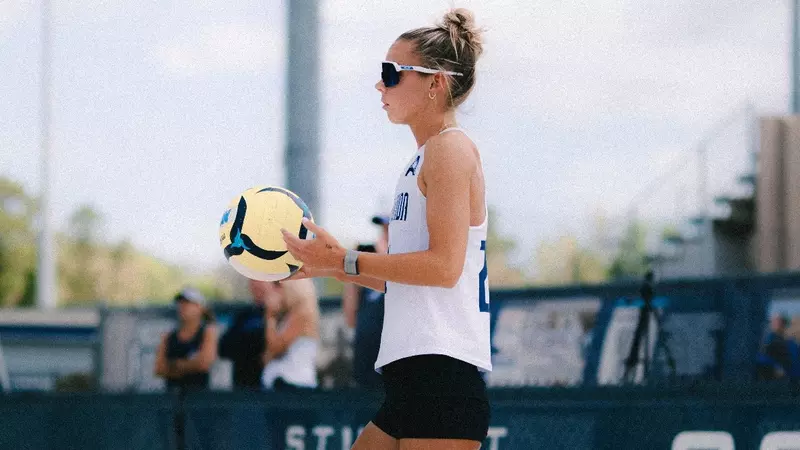

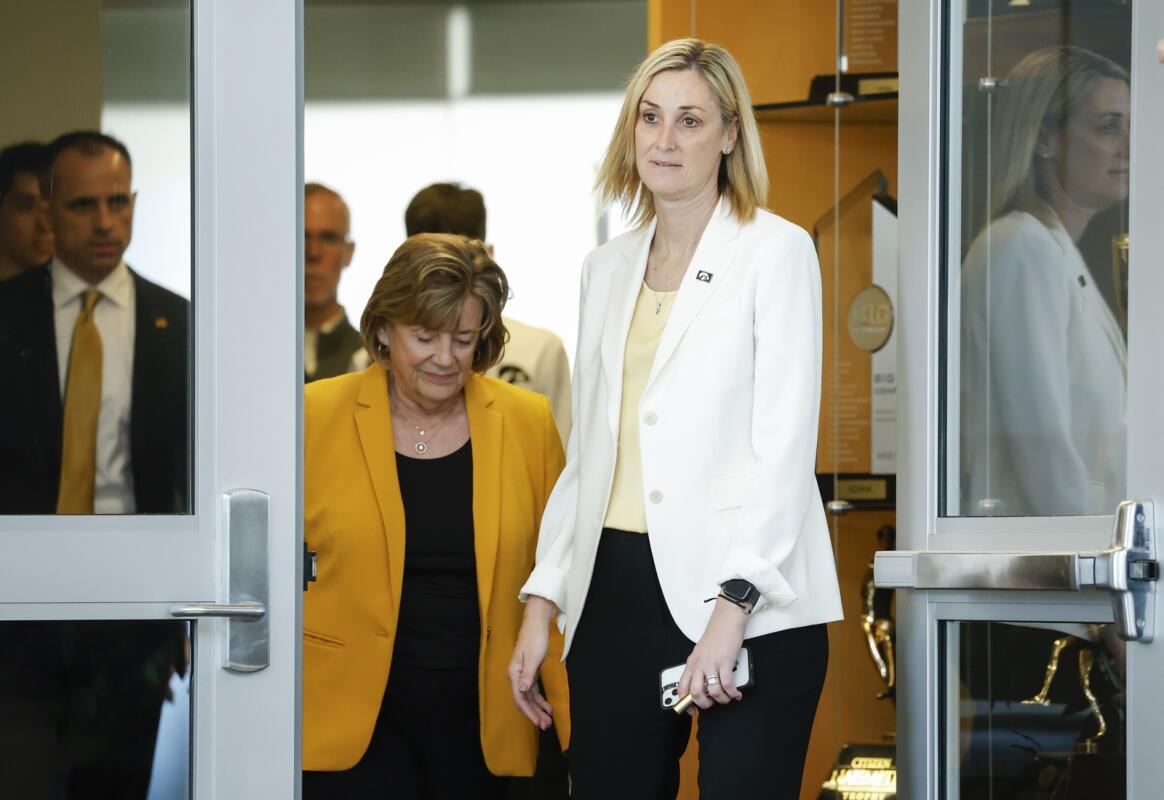



 After nearly five years of litigation, a federal judge on the night of Friday, June 6 granted final approval to a settlement of three athlete-compensation antitrust cases against the NCAA and the Power Five conferences that is now set to fundamentally change college sports.
After nearly five years of litigation, a federal judge on the night of Friday, June 6 granted final approval to a settlement of three athlete-compensation antitrust cases against the NCAA and the Power Five conferences that is now set to fundamentally change college sports. Can the House settlement be appealed?Wilken’s final-approval ruling can be taken to the 9th U.S. Circuit Court of Appeals. It is not certain whether it will be appealed, but objecting parties have 30 days to decide. The contentiousness surrounding the roster limits could result in one or more of the objectors who were focused on that issue not only appealing, but also seeking a stay that would delay implementation of the entire settlement.Such objectors would need the stay because, as the settlement was approved by Wilken, if there is an appeal, all of the forward-looking actions, including schools being able to pay athletes and roster limits for the 2025-26 academic season, are set to be allowed to proceed, even pending the appeal. The NCAA and the conferences would begin making damages payments, but the money would be held in escrow — not paid to athletes or lawyers — until appeals are completed. And other appeals could come from objectors who raised issues, including whether the settlement violates Title IX for reasons including the disproportionate allocation of damages among men’s and women’s athletes; the legality of one limit on pay to athletes being replaced by another one; and whether the rights of future college athletes are being unfairly handled.What will be pay cap for schools paying players for NIL?A final determination of what the per-school cap will be for the 2025-26 cycle has not yet been made. The NCAA, in a document summarizing rules changes approved on April 21 by the Division I Board of Directors but contingent on settlement approval, said the cap is estimated to be $20.5 million.
Can the House settlement be appealed?Wilken’s final-approval ruling can be taken to the 9th U.S. Circuit Court of Appeals. It is not certain whether it will be appealed, but objecting parties have 30 days to decide. The contentiousness surrounding the roster limits could result in one or more of the objectors who were focused on that issue not only appealing, but also seeking a stay that would delay implementation of the entire settlement.Such objectors would need the stay because, as the settlement was approved by Wilken, if there is an appeal, all of the forward-looking actions, including schools being able to pay athletes and roster limits for the 2025-26 academic season, are set to be allowed to proceed, even pending the appeal. The NCAA and the conferences would begin making damages payments, but the money would be held in escrow — not paid to athletes or lawyers — until appeals are completed. And other appeals could come from objectors who raised issues, including whether the settlement violates Title IX for reasons including the disproportionate allocation of damages among men’s and women’s athletes; the legality of one limit on pay to athletes being replaced by another one; and whether the rights of future college athletes are being unfairly handled.What will be pay cap for schools paying players for NIL?A final determination of what the per-school cap will be for the 2025-26 cycle has not yet been made. The NCAA, in a document summarizing rules changes approved on April 21 by the Division I Board of Directors but contingent on settlement approval, said the cap is estimated to be $20.5 million.
 Rules-making.
Rules-making.